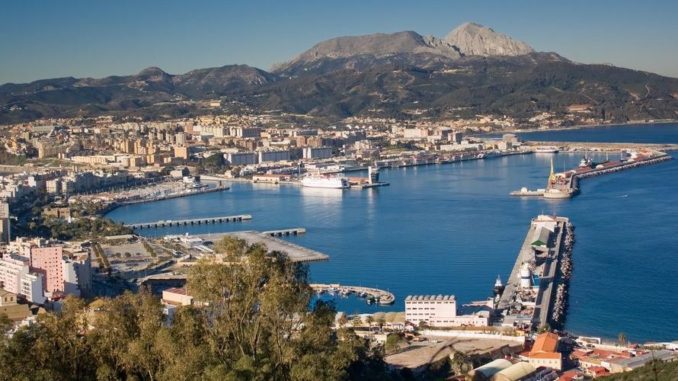
The history of Spain and Morocco has often met, and these encounters have left a piece of Europe on the African continent.
Just a few dozen square kilometres scattered over seven points firmly anchored to the rocks of the Moroccan coastline are enough to make up what are now called the Spanish enclaves of Morocco.
Two port cities, Ceuta and Melilla, as well as five islets lost in the Mediterranean waves, some empty of any human presence and without any vegetation, others littered with fortifications from another age, all bearing an unequivocal name, as if to sign these African dusts forever with the proud music of Cervantes' heroes: The islets of Perejil, Le Penon de Velez de la Gomera, Alhucemas, Chafarinas, and Alboran.
But these Spanish confetti are not there by chance.
Bridges between continents and civilisations
Ceuta, a small city located near the Strait of Gibraltar, was founded by the Phoenicians in the 7th century B.C., but its strategic position, i.e. right on the route of all the civilisational flows between the two continents, made it a place where various powers and cultures were welcomed: Amazighs of course, Carthaginians, Romans, Greeks, Arabs, Portuguese and finally, definitively, Spanish in 1668 after a long and bitter struggle between the two Iberian neighbours.
Melilla is another small town near Nador, at the eastern end of the Mediterranean coast of Morocco. Here again are the traces of the great epics of history: the Phoenicians, the Numidians, the Romans, the Byzantines, the various Muslim caliphates, and again the Portuguese and Spanish.
An artificial and fragile economy
Today, these two enclaves are prospering as best they can under the budgetary perfusion of Spain and the European Union and under intense migratory pressure from sub-Saharan populations..
These two cities have set up ports in a free zone, not subject to customs duties, and serve as a place of transit for many tourists and transporters. Smuggling is also flourishing.
Since its independence in 1956, Morocco has claimed sovereignty over these seven Spanish territories, without success until today. Every day, dozens of would-be migrants crowd against the gates that firmly surround the two cities.
These two territories, administratively under the status of Spanish autonomous cities since 1995, have been able to display the label of European municipality at their entrance since Spain's integration into the European Union in 1986.
According to recent polls, the population of these cities, even though the majority of the population has become Muslim, is more than willing to remain under Spanish nationality.

Leave a Reply